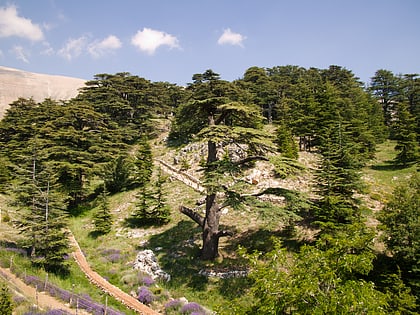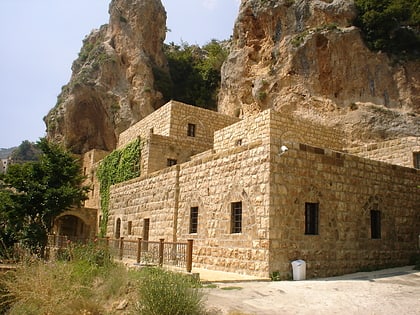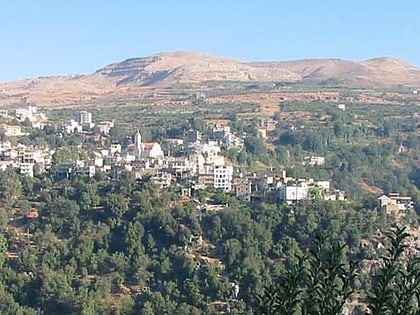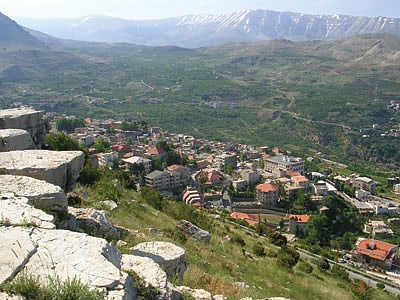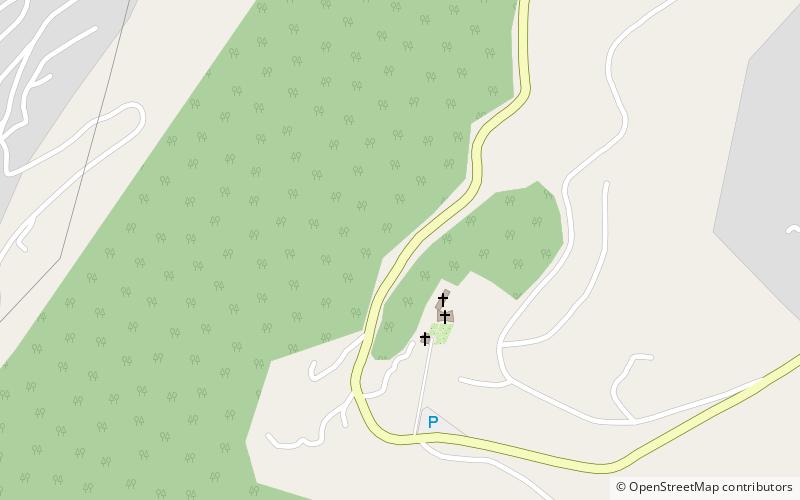Kadisha Valley

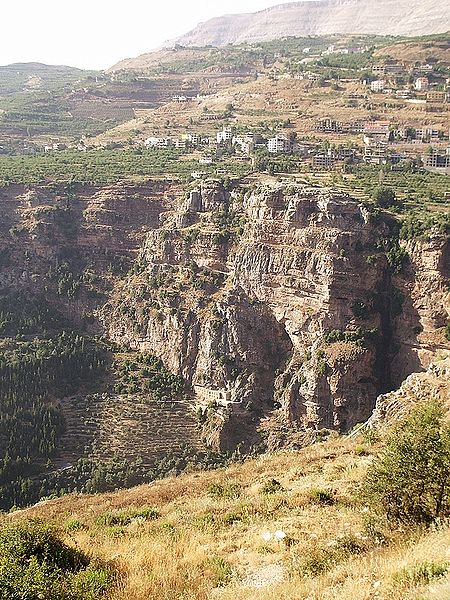
Facts and practical information
Nestled within the rugged mountains of northern Lebanon, the Kadisha Valley, also known as the Holy Valley, weaves a tale of natural beauty, spiritual significance, and a rich, storied past. This ancient valley, carved by the Kadisha River, is a place of refuge, solace, and pilgrimage that has attracted monastic communities for centuries.
The valley's steep cliffs and narrow paths are dotted with hermitages, chapels, and monasteries that seem to cling precariously to the rocks. These sacred sites have served as a sanctuary for Christian monastics since the early days of Christianity, and the valley is revered for its historical role as a haven for those seeking spiritual solace away from the turmoil of the world.
The Kadisha Valley is not just a spiritual retreat but also a marvel of nature's artistry. Its lush terrain, fed by the pure waters of the river, is a haven for hikers and nature lovers who come to wander through its verdant paths and explore its hidden corners. The valley's biodiversity is as rich as its history, with a plethora of plant and animal species that thrive in this serene environment.
Recognizing its universal value, UNESCO declared the Kadisha Valley a World Heritage Site, citing both its natural beauty and its cultural and religious significance. Visitors to this serene locale can't help but feel the weight of history and the sense of peace that has drawn ascetics and pilgrims to its protective embrace for millennia.
North
Kadisha Valley – popular in the area (distance from the attraction)
Nearby attractions include: Cedars of God, Gibran Museum, Kfarsghab, Horsh Ehden.

